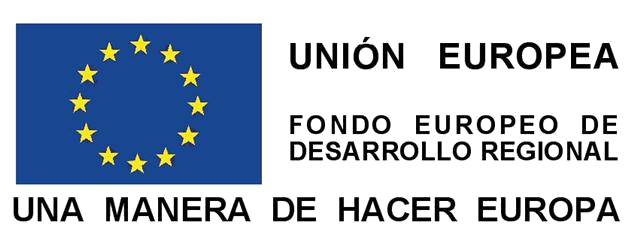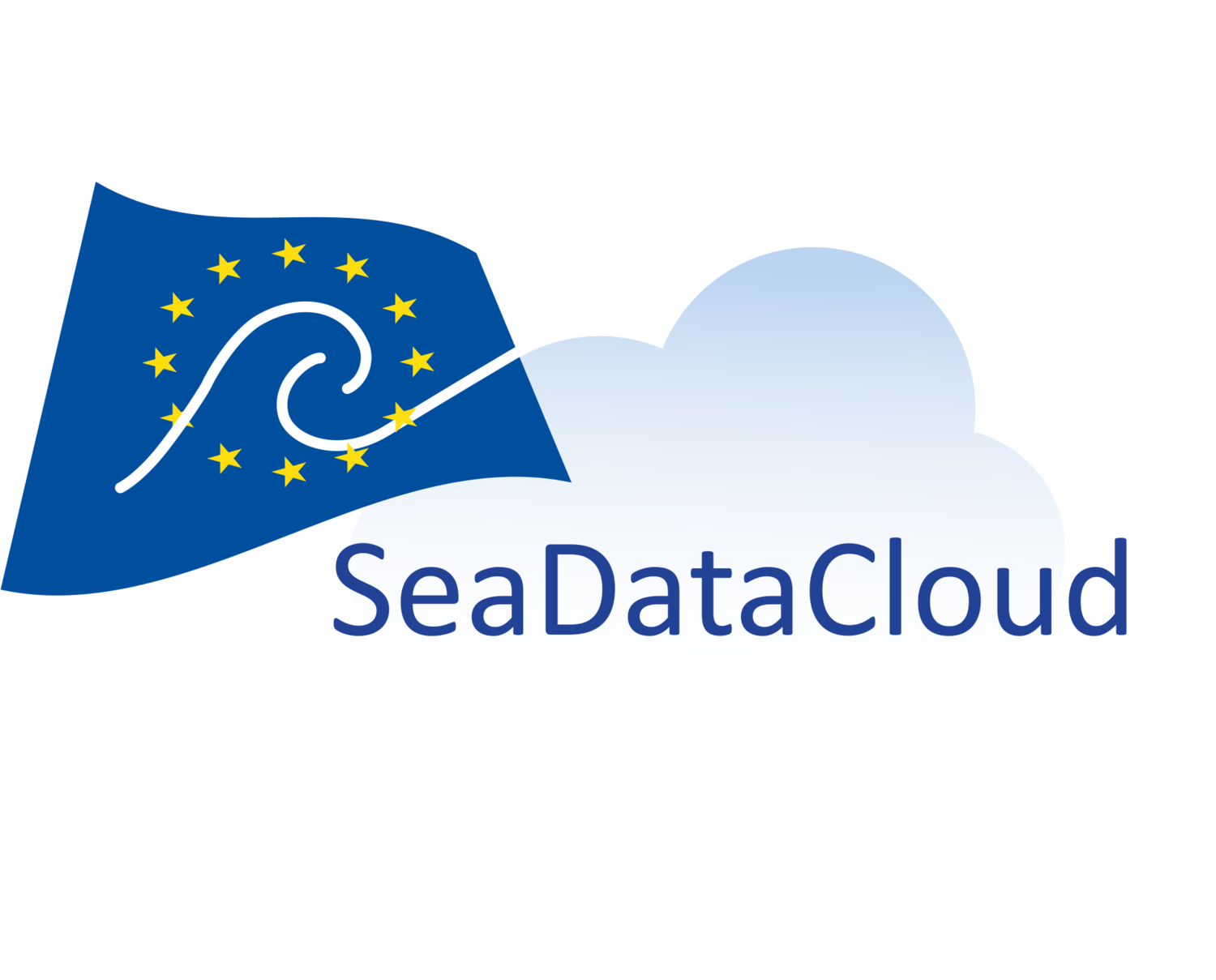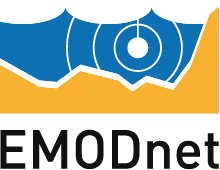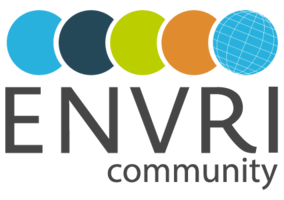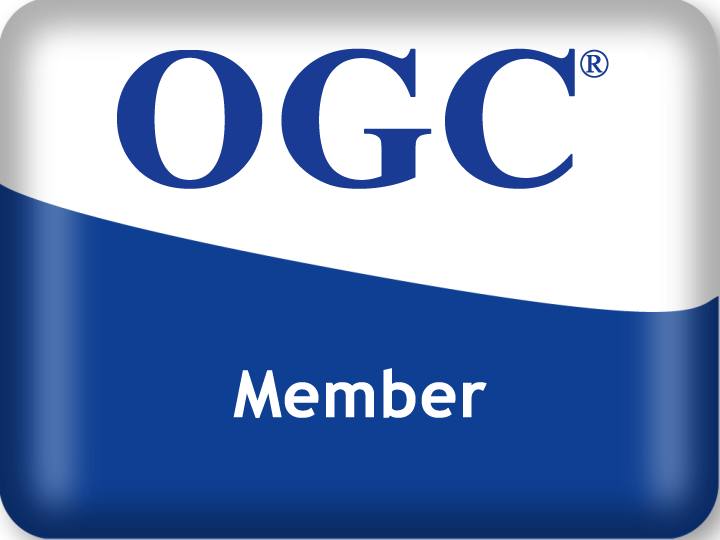The Marine Technology Unit (CSIC) provides support services for oceanographic research on board the vessels and platforms it manages, including two autonomous submarine vehicles (AUV)
This document describes the main procedures for the preparation of the work, including technical and logistic planning, and clarifies the responsibilities of both the Principal Investigator (PI) and the UTM.
The complexity of the natural environment of operation of the vehicles and the inherent dangers of this make necessary a meticulous planning and a close collaboration between all the parts.
Vehicle reservation process
The procedure for booking the vehicles is as follows:
- The IP will fill out the service request forms, including as much additional information as possible.

Sampling form with AUV - The UTM will provide the PI with a preliminary assessment of the campaign as requested, together with an assessment of the service.
- Once a campaign plan has been agreed, the PI will send a signed copy of this use agreement to the UTM and the final dates will be set in the vehicle calendars.
The UTM will provide the PI with a preliminary assessment of the campaign as requested, together with an assessment of the service.Once a campaign plan has been agreed, the IP will send a signed copy of this use agreement to the UTM and the final dates will be set in the vehicle calendars.The PI will fill in the sample preparation form, including as much information as possible about the work to be done and the work area, with special emphasis on possible risks and any special consideration that could alter the normal development of the campaign. This form and all associated documentation should be sent to auv@utm.csic.es.
The form information will allow the UTM to identify the main operational risks and make an estimate of times and a preliminary work plan according to the scientific requirements. A work plan and a preliminary budget will be generated and sent to the IP for consideration.
Costs
Once the campaign request has been received, the UTM will send the IP a preliminary budget that will include the costs of mobilization and demobilization of the equipment as well as the travel and maintenance expenses of the technicians. The days used for transportation and mobilization will be quoted as full days of campaign, regardless of the arrival or departure of the base or the work area.
As a general rule, two UTM technicians will travel with the vehicles, if it is necessary to move more technicians, the project will have to cover travel, subsistence and food expenses. The costs will be computed per day of vehicle displacement, including transportation, calibrations and tests in the work area.
The budget does not include the costs of renting the safety boat or local support services.
Operations
The vehicles have an autonomy of 8 hours, without including the reserve of energy, but this number may vary depending on the conditions of work area and operation (currents, number of dives, etc.).
Each campaign will be planned respecting the operational limits of the vehicles (autonomy and maximum working depth) and the operational restrictions in the sampling area (natural accidents, surface traffic, known underwater activities, etc.).The maximum duration of sampling will be 8 hours, with a minimum sampling interval of 4 hours (time required for full battery recharging). For samplings greater than 12 hours a day, an additional UTM technician will be added to the project (see costs).costes).
Once in the area of operations, the sequence of activities will be as follows:
- Day 1:Arrival. Mounting. Visual recognition of the area. GPS calibration and trimming of vehicles. Immersion test (30 '- 1 h)
- Day 2-NSampling. Analysis of data. Battery charging and planning the next sampling.
- Day N:Short sampling (if necessary <4 h.). Demobilization and transport
Operations responsibility
-Principal investigator
- -Request in advance the vehicles (Minimum, 3 months), in order to have the necessary time to analyze the operational requirements of the proposed deployment.
- -Provide local logistics support facilities, adequate transportation (if necessary) to the launch / pick-up area and an appropriate dinghy depending on the characteristics of the work area and the nature of the sampling.
- -Provide local support to the technical staff of the UTM. Vehicles are deployed between two people, but more personnel may be necessary depending on the specific characteristics of the deployment (controlling surface traffic, contacting local authorities, collaborating in recovery, etc.). The final distribution of responsibilities will be agreed between the UTM and the PI at a pre-deployment meeting.
- -The PI will provide the necessary means for data storage once the campaign is over.
UTM
- -Keep the equipment in good condition and ready for use.
- -Keep the sensors with updated calibrations (less than 3 months old in the case of YSI probes). In the case of requiring additional or special calibrations, it must be indicated on the request form.
- -Carry out the calibrations and in-situ trimming of the vehicles to compensate possible magnetic declines and variations of the buoyancy of the vehicles.
- -Perform sampling planning according to the specifications provided by the PI.
- -Carry out all in-situ operations, mobilization and demobilization, recovery and launch of vehicles, with the help of the personnel designated by the PI.
- -Provide all the small material necessary to carry out the campaign.
- -Mobilize and demobilize the equipment, including transport, installation and preparation of the same.
- -Transport of UTM personnel to / from the campaign location.
- -Technical support for adapting new sensors to vehicles.
The probability of losing a vehicle of these characteristics in shallow waters is not negligible, for this reason the UTM personnel will execute all applicable safety protocols to minimize the possibility of irreparable loss or damage to the vehicle. Under no circumstances will the vehicle be deployed if one of the following circumstances occurs.
-Human activity (bathers, divers, etc.) in the work area simultaneously with the deployment.
-Fishing activity in the work area.
-Adverse sea state (force > 3, waves > 1m, wind > 10 knots)
-Absence of dinghy or equivalent support methods.
Authority
The PI has the ultimate authority over the overall development of the operation, including the safety of people and equipment. All decisions regarding the use of the vehicles will be agreed with the technical manager of the UTM present.
If the technical manager of the UTM determines that the objective safety conditions are not met or that there is a risk to the vehicle or the technicians, it may stop operations immediately.
All the operations with the vehicles will be carried out by the technical staff of the UTM, with the support of the personnel contributed by the IP.
Post-campaign activities
Data
All data will be provided in text files. At the end of the campaign, copies / s of all the "gross" data acquired will be delivered to the IP for further processing by the research group. If the project has been financed by the PN or by European programs, the UTM will send, following the directive of the European Union INSPIRE, a copy of the data and the metadata generated. If the campaign is carried out on behalf of a public agency or private company, the UTM will not keep any copies, beyond the 15 days following the end of the project. The IP must provide all the necessary means to make the corresponding copies of the data.
Reports
The UTM will send the PI a scientific and technical report that will include the following information: Description of the vehicles and sensors used. Description of all operations performed during the campaign. Analysis of data quality. Calibration report / s Incidents Maps / descriptive diagrams.
Evaluation form
There will be an evaluation form for the service available on the website. The IP must send this questionnaire to the address of the UTM at the end of each campaign.
Acknowledgments
In any publication or report resulting from the use of the vehicles and / or sensors installed in them, please include the following note:
- "The instruments used to carry out this study have been provided by the Marine Technology Unit - CSIC (www.utm.csic.es)”
Así mismo, se ruega enviar una copia de dicha publicación a la dirección auv@utm.csic.es.
Non-scientific projects
The cost incurred in non-scientific projects or with companies will be different and will include the expenses of travel and maintenance and the diets of the technicians involved.
Integration of new instrumentation
The two vehicles currently managed by the UTM allow the integration of new sensors, however this integration is not a simple process and an integration schedule must be agreed between both parties.
In general, said integration process will consist of the various phases, whose duration may vary depending on the complexity of the sensors and the validations to be carried out:
- Previous study of the sensor to be integrated (variables to be measured, data acquisition methods, data synchronization, etc.) and the feasibility of integration.
- Mechanical and electrical integration of the sensor in the vehicle.
- Tests of vehicle stability and integration.
- Data validation.
- Operational deployment.
The process can take several months and needs to be planned according to the rest of the laboratory activities, and the following aspects will be taken into account:
- The feasibility of the integration will be studied from the technical and human resources of the UTM. The research group may provide resources to accelerate or make possible such integration.
- ll the aforementioned tests will be considered for all purposes as campaign days and will be included as such in the programming of the project and the vehicles.
- The expenses derived from the integration will be borne by the project.
- Any publication to which this integration may give rise must take into account the participation of the technicians involved, whether they are project or UTM.



